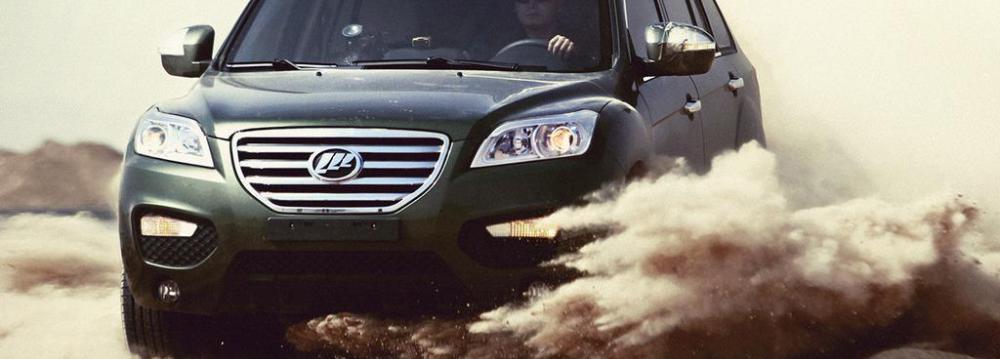As the day when sanctions over Iran’s nuclear program are removed appears ever closer, the domestic auto industry is struggling to boost demand.
This is while Iranian car buyers are holding out in the hope that prices start to reduce and new vehicles are offered.
In light of this gridlock in the local car market, a leading British business information company has offered its insight on the domestic industry.
Business Monitor International begins its assessment of the current and future state of the Iranian automotive industry on a surprisingly positive note.
The auto sector, being Iran’s largest non-oil industry, will be the biggest beneficiary of the lifting of international sanctions, the report declares.
It notes that the market’s size and growth potential will see international brands, which were once present, become active once again.
This time round, due to its emergence as a hub of automotive development and creation, China will also continue to push its claim on the industry.
BMI factored a permanent deal into their sales and production forecasts earlier in the year, as it was the core view of their Country Risk team that a deal would be reached. It estimates a 35% growth in car sales in 2015, which will see the market return to just below its peak of 2011, and forecasts a 27% growth in total vehicle output.
At present, much of this growth is still coming from the effects of the comprehensive deal that was reached by Iran and the major world powers in July and allowed some imports to recommence.
It adds that the permanent lifting of sanctions is imminent and 2016 will become the year in which marked change happens in the industry as a whole. It predicts a growth of 20% in the coming year, as many brands continue to enter the market in the form of CKD or direct import.
This would bring in 1.8 million units—a new high for Iran and a reflection of real growth rather than just a return to pre-sanction levels. By 2017, the volumes will surpass 2 million units, with an improved economy and favorable demographics adding to the choice of brands as key drivers of growth.
The report’s next analysis of the future notes the reemergence of French brands like PSA Peugeot Citroen, which will be the main beneficiary through its already established Peugeot brand that has long dominated the market.
The report adds that the company has taken a significant hit during the years of sanctions as money made by Iran Khodro for Peugeot models was not repatriated back to France. Other reports note that PSA Peugeot Citroen has since written this unknown amount off.
However, BMI notes that Peugeot is now facing serious competition on multiple fronts due to the growth of Chinese vehicles in the Iranian market during their extended absence.
The imposition of sanctions allowed some brands, which were not covered by the restrictions, to increase their exposure in Iran.
Chinese brands such as Chery and Lifan made it into the top five brands in 2013, as the variety on offer became scarce and cash-strapped consumers looked for low-cost options. While the addition of new brands has certainly changed the competitive landscape, it will be difficult for these brands to maintain the level of market share that they achieved when sanctions were in place, and this is already evident in their 2014 market share.


